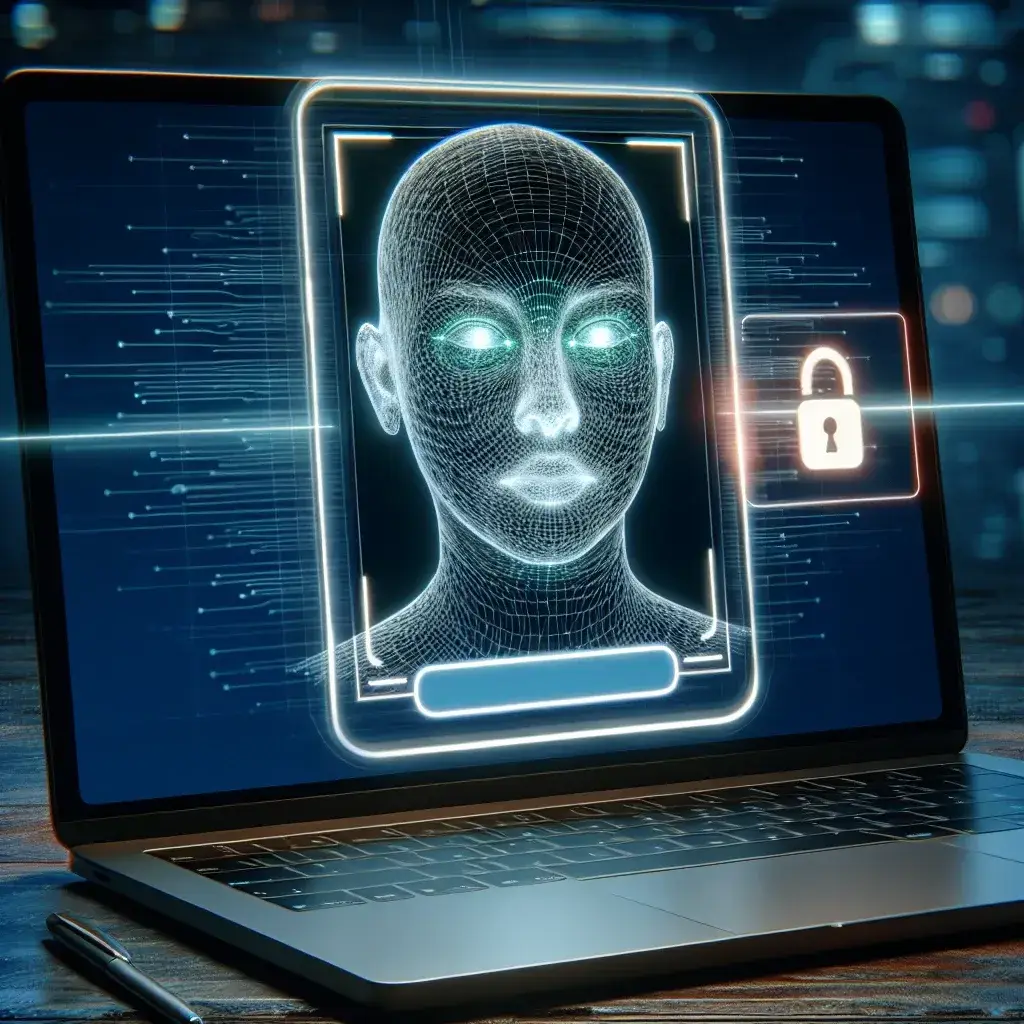Biometric Passwords: The Future of Authentication?
Tired of endless passwords and the constant threat of security breaches? Imagine a world where your unique biological traits are your key – a world where a simple wink or a nod unlocks your devices and accounts. This isn’t science fiction; it’s the rapidly evolving landscape of biometric passwords.
What are Biometric Passwords?
Biometric passwords utilize your body’s unique characteristics as authentication factors. Instead of remembering complex alphanumeric sequences, you authenticate with something you are, not something you know. This can include:
- Facial recognition: Analyzing unique facial features for verification.
- Fingerprint scanning: Using the unique pattern of your fingerprints.
- Iris scanning: Identifying the distinctive patterns of your iris.
- Voice recognition: Matching your voice patterns against a registered template.
- Behavioral biometrics: Analyzing typing rhythm, mouse movements, and other behavioral patterns.
- Gait recognition: Analyzing your walking style.
While fingerprint and facial recognition are becoming commonplace, more advanced methods are constantly emerging, even including those subtle movements like a wink or nod, as mentioned above. These methods often involve sophisticated machine learning algorithms that analyze subtle variations to accurately identify individuals.
Beyond the Wink and Nod: How it Works
The technology behind biometric passwords is surprisingly robust. It usually involves these steps:
- Enrollment: The initial process where your biometric data is captured and stored securely. This data is typically encrypted and often hashed to ensure even higher security.
- Authentication: When you attempt to log in, your biometric data is scanned and compared to the stored template.
- Verification: If the comparison matches within an acceptable tolerance, access is granted. Sophisticated systems can adapt to subtle changes over time, such as slight variations in appearance or aging.
The level of accuracy and security varies depending on the technology used. For instance, facial recognition can be susceptible to spoofing with high-quality photos or videos, while iris scanning is generally considered more secure.
Advantages of Biometric Passwords
Biometric authentication offers several significant advantages over traditional password-based systems:
- Enhanced Security: Biometric data is inherently more difficult to steal or crack than passwords. It’s unique to the individual and makes brute-force attacks virtually impossible.
- Improved Convenience: No more forgetting passwords or struggling to remember complex sequences. Authentication is often seamless and instantaneous.
- Reduced Password Fatigue: Users no longer need to manage multiple passwords across different platforms.
- Stronger Authentication: In multifactor authentication (MFA) systems, biometrics provide a strong second factor, significantly increasing security.
Challenges and Considerations
Despite the many benefits, some challenges remain:
- Privacy Concerns: The storage and handling of biometric data raise privacy concerns. Robust security measures and adherence to data protection regulations are crucial.
- Accuracy and Reliability: Biometric systems aren’t perfect. Environmental factors (lighting, dirt on a fingerprint scanner) can impact accuracy.
- Accessibility: Some biometric methods may not be accessible to all users, for example, individuals with certain disabilities.
- Cost: Implementing biometric authentication systems can be expensive, particularly for organizations with a large number of users.
- Spoofing and Hacking: As technology advances, so do methods of bypassing security measures. Constant vigilance and improvement are essential.
The Future of Biometric Passwords
Biometric passwords are rapidly evolving, becoming more sophisticated and secure. We can expect to see even more innovative applications in the near future, potentially integrating seamlessly into everyday devices and systems. While challenges remain, the potential benefits—enhanced security, improved convenience, and reduced vulnerability to password-related breaches—make biometric passwords a compelling alternative to traditional login methods.
The wink or nod may be closer to reality than you think, promising a future where our bodies become our most secure and convenient passwords.

Leave a Reply